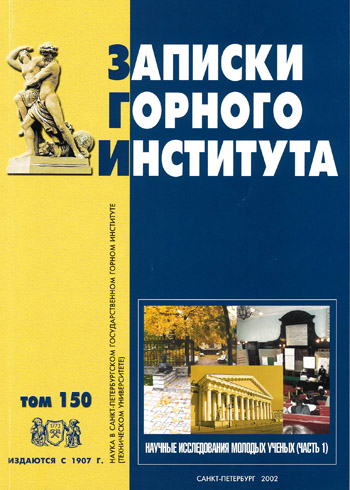Study of air flows in the Vorontsov cave system
- 1 — Student G.V. Plekhanov Saint Petersburg Mining University
- 2 — Student G.V. Plekhanov Saint Petersburg Mining University
- 3 — Student G.V. Plekhanov Saint Petersburg Mining University
Abstract
Vorontsov cave system is located in the Sochi region about 18 km from the Black Sea coast. The cave system belongs to the largest caves in Russia, embedded in limestone. The total length of the cave is more than 11.1 km. The cave has 10 known entrances. Height difference of the location of holes more than 225 m. The relevance of the study of air flows in the cave system in practical terms is related to the excursion and tourist development of the cave and analysis of those sanitary and hygienic conditions in which excursionists find themselves when visiting the cave. From the scientific point of view the study of air streams is of interest from the point of view of finding out the question about the influence of these streams on the processes taking place in the cave system. As a result of an expeditionary study in August 2000 it was found that the total amount of air passing through the main part of the cave system in the summer time, reaches 17000 m e/h. The amount of condensation moisture is estimated at 130 l /h. The minimum amount of limestone dissolved by condensation water is estimated at 45 kg/year, which can only affect the morphology of the most ancient cavities of the cave. It was also found that the air passing through the known inlets of the main part of the cave is outgoing, suggesting the presence of a presently unknown inlet through which air enters. The research was supported by a grant from the Russian Federation Integration Program.
